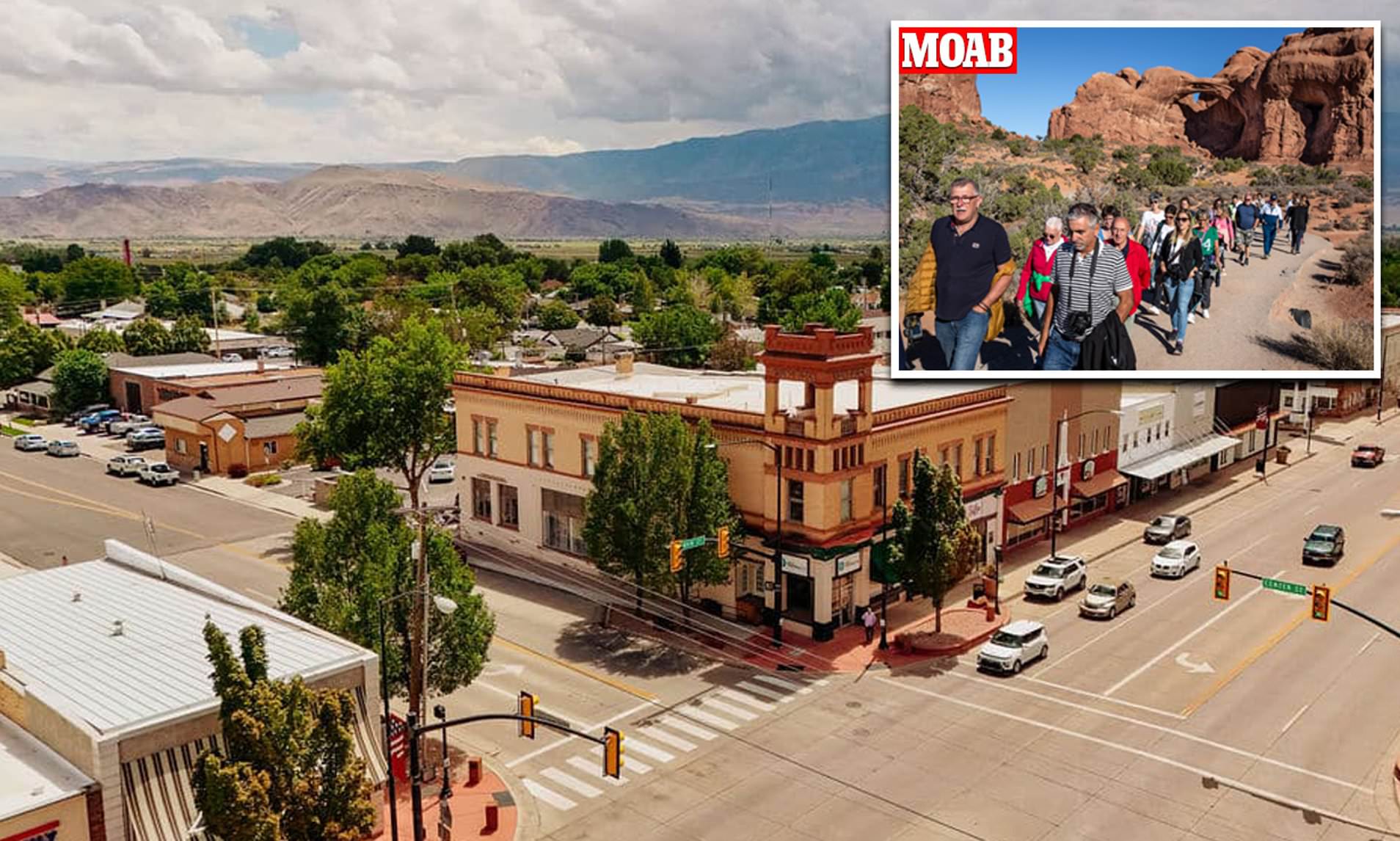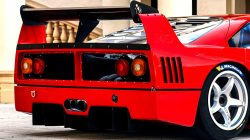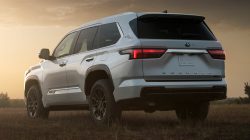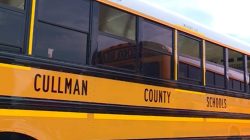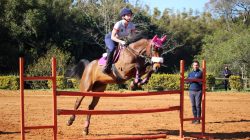A Growing Concern in Richfield, Utah
Richfield, a small city in Sevier County, Utah, is experiencing a surge of interest from trail tourism enthusiasts. While this development brings potential economic benefits, it also raises concerns among locals who fear the town might follow in the footsteps of Moab, a once-quiet destination now overwhelmed by an influx of visitors.
For years, Richfield has been known for its off-road and mountain biking trails, which have drawn visitors to the area. The county’s designation as “Utah’s Trail Country” five years ago helped boost the local economy, with hotels often filling up during summer weekends. However, with a population of just 8,000 people, many residents worry that the growing popularity could lead to overcrowding and rising costs.
Tyler Jorgensen, a native of Richfield, expressed his concerns about the potential transformation of the town. “Selfishly, I don’t want to happen here what’s been happening in Moab because it’s just become crazy,” he said. At the same time, he acknowledged the desire to share the natural beauty of the area with others. “Let’s keep it intimate. Keep it small. Let’s not get crazy.”
Moab, located nearby, serves as a cautionary tale. Once a quiet community, it has seen a dramatic increase in tourism, particularly due to its famous Slickrock Bike Trail and other outdoor attractions. This boom has led to soaring house prices, making it one of the most expensive places to live in Utah. The median listing price for a home in Moab reached $584,500 in June 2024, according to the Utah Association of Realtors.
Tyson Curtis, a 37-year-old man who grew up in Moab, moved to Richfield after realizing he could no longer afford to live there. “I was in Moab for a long time, and I always thought, ‘Man, when I retire, it’s gonna be Moab,’” he said. “Now there’s just no way I could ever afford to live there. And it’s not even the same city as it was when I went to school there and graduated and moved back there for a couple years.”
Despite the challenges, some see opportunities in the growing trail culture. Carson DeMille, a local who helped build mountain biking trails, initially created them as a personal project. “We just built what we liked, what we wanted,” he said. “It was a selfish endeavor. I guess it just worked out.”
The success of these trails has led to increased investment. By 2021, state and local authorities had allocated $800,000 to develop a 38-mile cross-country network of trails. One of these, the Spinal Tap, was named one of the five best mountain biking trails in Utah. Its popularity has grown significantly, with around 150 riders per day—three times the number it used to attract weekly.
The trails have also brought more visitors to the area, contributing to a 31.5% increase in hotel revenue from 2019 to 2023. Biker Dave Gilbert believes this trend will continue to drive the local economy. “I do really think that, as they develop this, it’s going to drive more of the economy here,” he said.
However, not everyone is optimistic. DeMille acknowledges the potential for growing pains, especially as more people move into the area. “That’s probably one of the most vocal concerns of people’s, is we’re opening Pandora’s box to crazy growth and issues like Moab has,” he said.
Despite these fears, DeMille points out that Richfield has unique characteristics that may help it avoid the pitfalls of Moab. “Moab has two national parks, the Colorado River. They have mountains of slick rock. They have Jeeping. They have thousands of miles of mountain biking trails,” he said. “And maybe, you know, we could try our darndest and never become Moab if we wanted to.”

